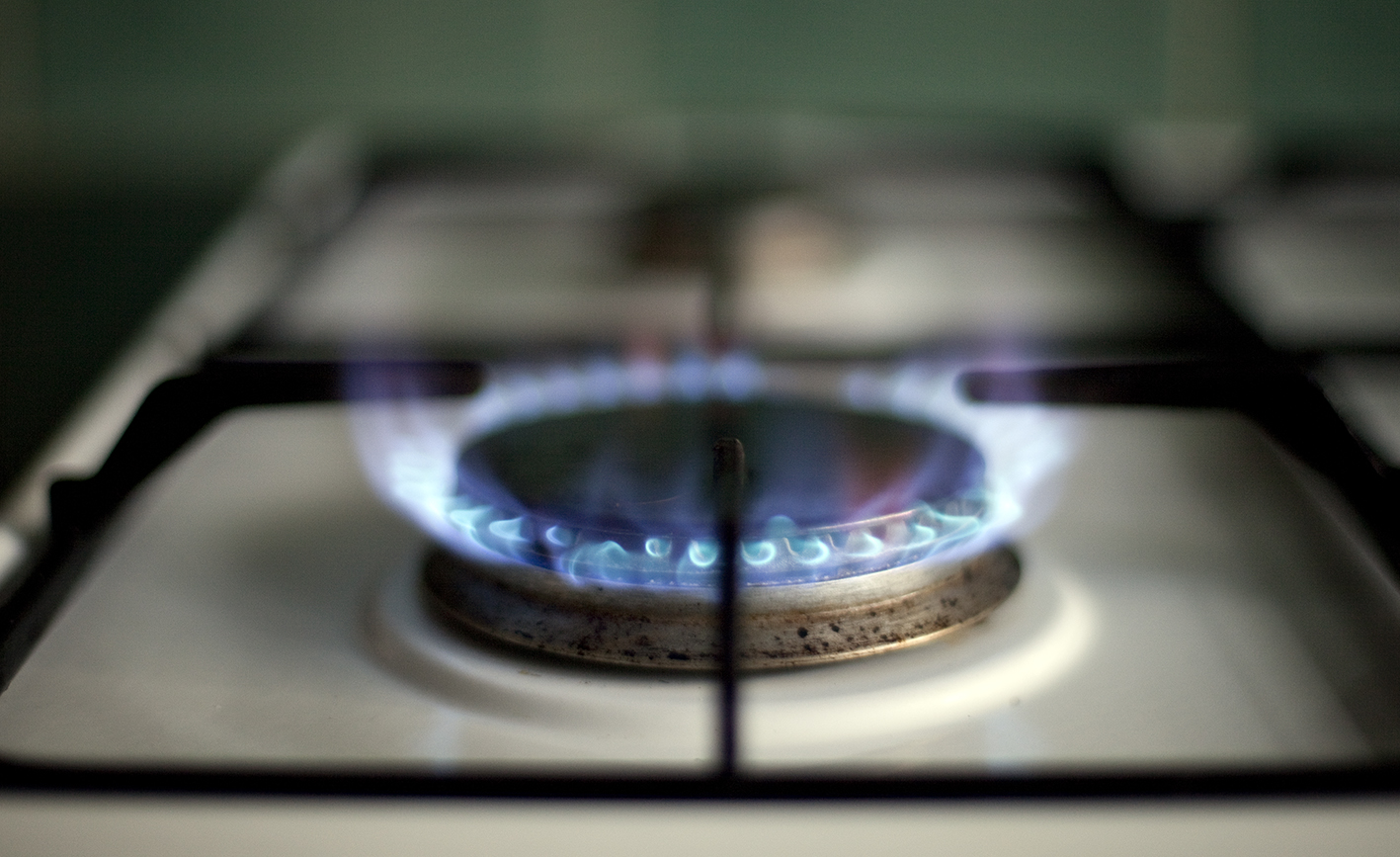Household Bills
Elderly continue to be hit hardest by high inflation

The latest increase in the headline rate of inflation from 2.4% to 2.6% is likely to hit the elderly the hardest, according to the Alliance Trust.
In its monthly study of inflation rates affecting different age groups, the report showed that inflation rates increased for all households over the month and as a result, two of the five age groups still face an inflation rate higher than the official inflation rate of 2.6%.
According to the report, it is the over 75-year-old households which continue to face the highest rate of inflation, as has now been the case since the end of last year.
This age group’s inflation rate rose from 2.9% to 3.0% in July. Older households continue to feel the effects of increased gas and electricity price inflation more than any other age group, because they allocate a significantly larger proportion of their budgets to spending on such utilities.
Both gas and electricity price inflation were unchanged in July, remaining elevated at 15% and 8% respectively. Inflation in these categories should start to ease as the impact of last year’s price hikes fade.
Food price inflation fell slightly in July, helping to limit the increase in the inflation rate facing this age group.
The over-75s allocate almost 17% – the largest proportion of their budgets – to food, meaning that changes in this category can affect their inflation rate significantly.
It is the 30-49 year olds and 50-64 year olds who face the lowest rate of inflation, at 2.5%. Once again, these households have benefitted from a combination of lower food and petrol price inflation.
These two age groups allocate a higher proportion of spending to petrol than any other age group – almost 6% in both cases.
In July, petrol price inflation dipped slightly to -2%, helping to keep the inflation rates facing these age groups lower.
Furthermore, these age groups allocate a smaller proportion of their budgets to utilities, helping to shield them from persistently high gas and electricity price inflation.
The under-30s suffered the largest increase in inflation in July, rising from 2.6% to 2.9%. One of the main reasons for this was higher inflation for airfares.
This age group allocates almost 4% of spending to transport services, more than any other age group and, in July, airfare inflation jumped from 2% to 12%, pushing the inflation rate facing this age group higher.